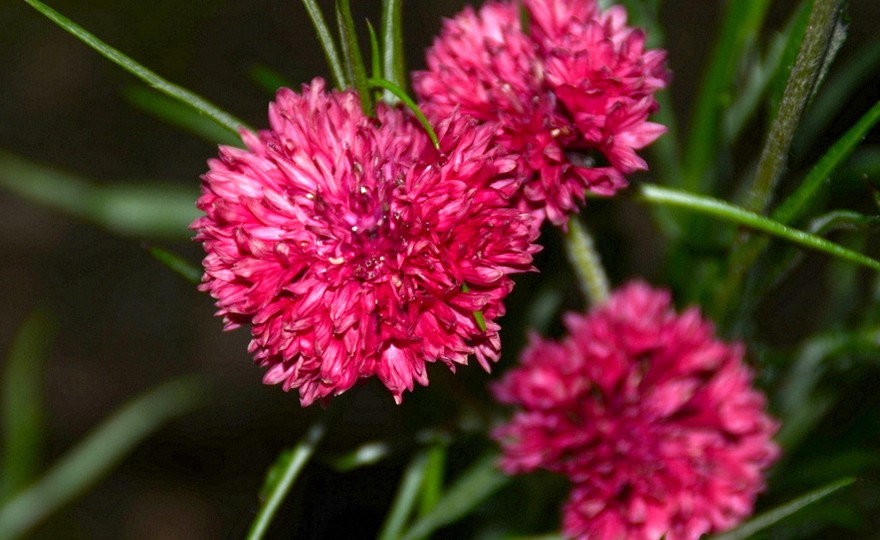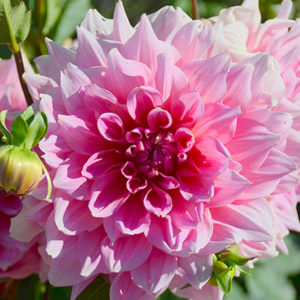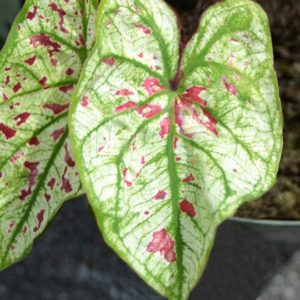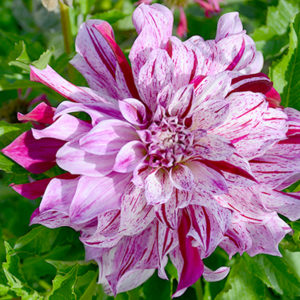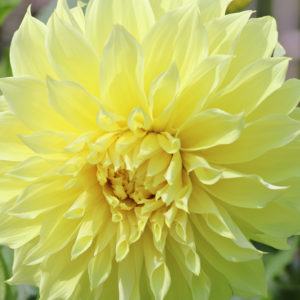Description
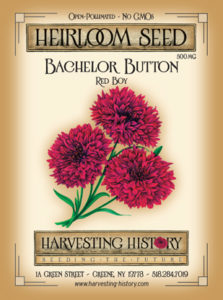 Bachelor’s Button, Red Boy (Tall Red)
Bachelor’s Button, Red Boy (Tall Red)
Bachelor’s Buttons, also known as Cornflowers, are the bluest of all the flowers in the garden and blue is the rarest of the colors offered in nature. The plants are native to Europe and Asia. Tutankhamen, the Egyptian boy king, was buried with a wreath around his head of cornflowers, olive leaves and water lily petals. Centuries ago they were so abundant in Europe that entire fields were covered with the flowers. The Latin name, Centaurea Cyanus, refers to the mythical centaur, Chiron. Legend has it that Chiron, the half man-half horse creature, used cornflowers to heal himself after he was wounded by a poisoned arrow in a battle with the mythical Hydra. Throughout the centuries, the plants have been known by many names. In Great Britain they were called bluets. In Scotland, they were known as bluebonnets. In Europe they were called “hurtsickles” because the plants dulled the blades of the sickles used to cut them from the fields. The shredded look of their petals is believed to be the reason the plants were known as ragged sailors or ragged robins. They were introduced into the United States in the 1600’s.The name, Bachelor’s Button, may have arisen during Victorian times when the flowers were often placed in the button holes of men’s suitcoats. In his 1851 book, The Flower Garden, Joseph Breck dismisses them as a common weed known as Blue Bottle which though originally blue is now available in white, pink, purple and parti-colored rays. Breck instead focuses on an American native Centaurea, Centaurea Americanus. He describes this plant as “A handsome hardy annual, discovered by Nuttal, on the alluvial soil of the Arkansas and Red rivers, two or three feet high, with large purplish-pink flowers in August.” Despite Breck’s disdain, Bachelor Buttons grew in popularity in the US and have remained a staple of the American garden even today. The bluest of the old varieties, Jubilee Gem, was introduced in 1937, and the red bachelor button, Red Boy was introduced in 1942.

